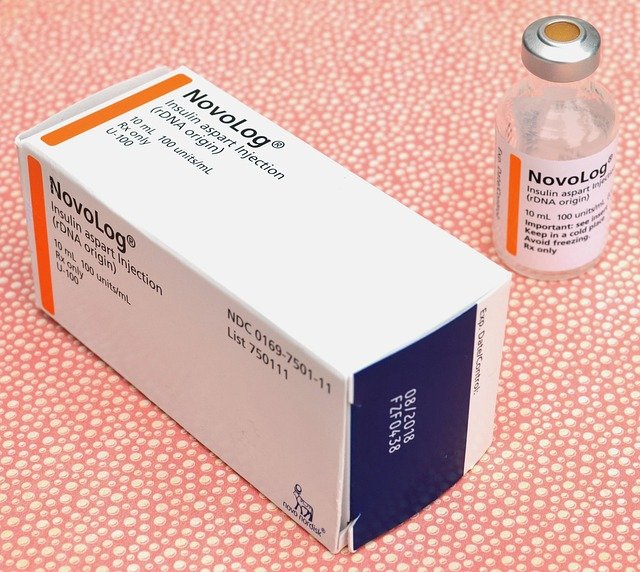Unveiling the Health Potential of Photobiomodulation Therapy
Imagine a future where the simple act of shining light on our bodies could lead to remarkable health benefits. This is not a futuristic vision, but rather a reality that is already here. Welcome to the world of photobiomodulation therapy, a promising and scientifically-grounded approach to health and wellness.

Delving into the History and Science
Photobiomodulation, also referred to as low-level light therapy, has been a part of therapeutic practices for centuries. Ancient Greeks, Romans, and Egyptians harnessed sunlight for its therapeutic properties with a practice known as heliotherapy. Modern science has refined and enhanced this concept, leading to the development of photobiomodulation therapy.
In the 1960s, Hungarian scientist Endre Mester discovered that low-level laser light could stimulate hair growth and wound healing in mice. This groundbreaking research marked the birth of photobiomodulation therapy in its current form.
Photobiomodulation therapy works by applying specific wavelengths of light (usually red and near-infrared) to the skin, which can stimulate, heal, and regenerate damaged cells. This process enhances mitochondrial function, promoting cell growth and reducing inflammation and oxidative stress.
Photobiomodulation in Current Health Trends
In recent years, photobiomodulation therapy has gained increased recognition and acceptance in the health and wellness community. Numerous studies have demonstrated its potential in treating a variety of conditions, including chronic pain, skin disorders, neurodegenerative diseases, and depression.
However, like any other health practice, it’s essential to understand its benefits and challenges. While photobiomodulation therapy shows promising results, more extensive research is needed to establish standardized protocols and treatment guidelines.
The Power of Light: Insights and Research
Research into photobiomodulation therapy has shed light on its potential health benefits. A 2019 review published in the Journal of Biological Regulators and Homeostatic Agents highlighted its efficacy in reducing inflammation and pain, enhancing tissue repair, and promoting immunity.
Moreover, a 2018 study in the journal Scientific Reports found that photobiomodulation therapy could alleviate symptoms of major depressive disorder and anxiety. The therapy’s potential to treat neurological conditions is further supported by a 2020 study in the journal Neural Regeneration Research, suggesting it could slow the progression of neurodegenerative diseases like Parkinson’s.
These findings underscore the promising role photobiomodulation therapy could play in addressing various health issues, although more comprehensive research is needed to fully understand its potential.
Light Up Your Health: Key Takeaways
- Photobiomodulation therapy can stimulate cell regeneration and reduce inflammation.
- It has potential applications in treating pain, skin disorders, depression, and neurodegenerative diseases.
- Always consult a healthcare professional before starting photobiomodulation therapy.
Wrapping Up: A Bright Outlook
Photobiomodulation therapy represents a fascinating intersection of ancient wisdom and cutting-edge science. Its potential to address a wide range of health issues—from skin disorders to neurological conditions—makes it a promising addition to the wellness landscape. As research continues to illuminate its benefits and applications, it’s clear that the future of health and wellness might indeed be brighter than we think.




